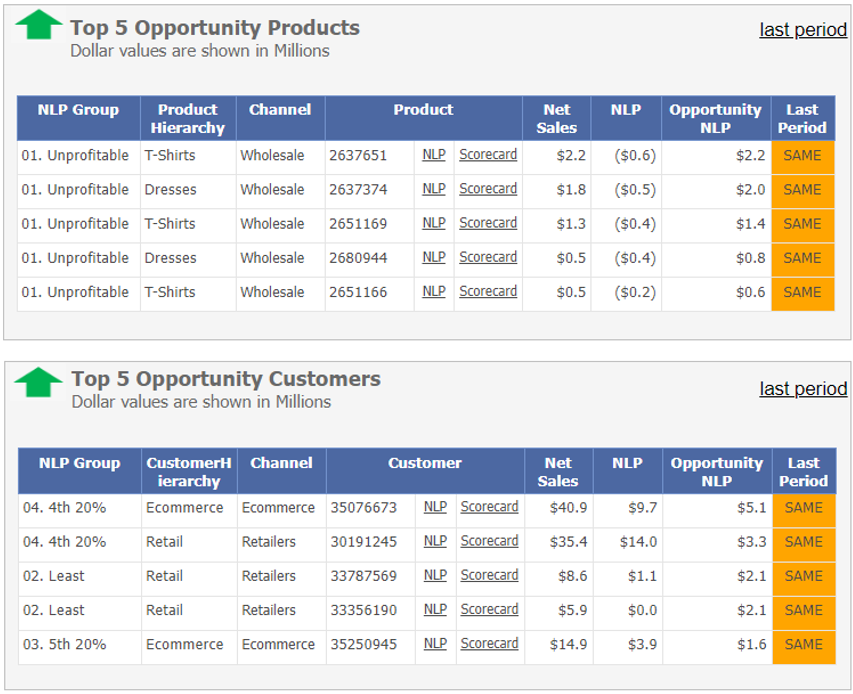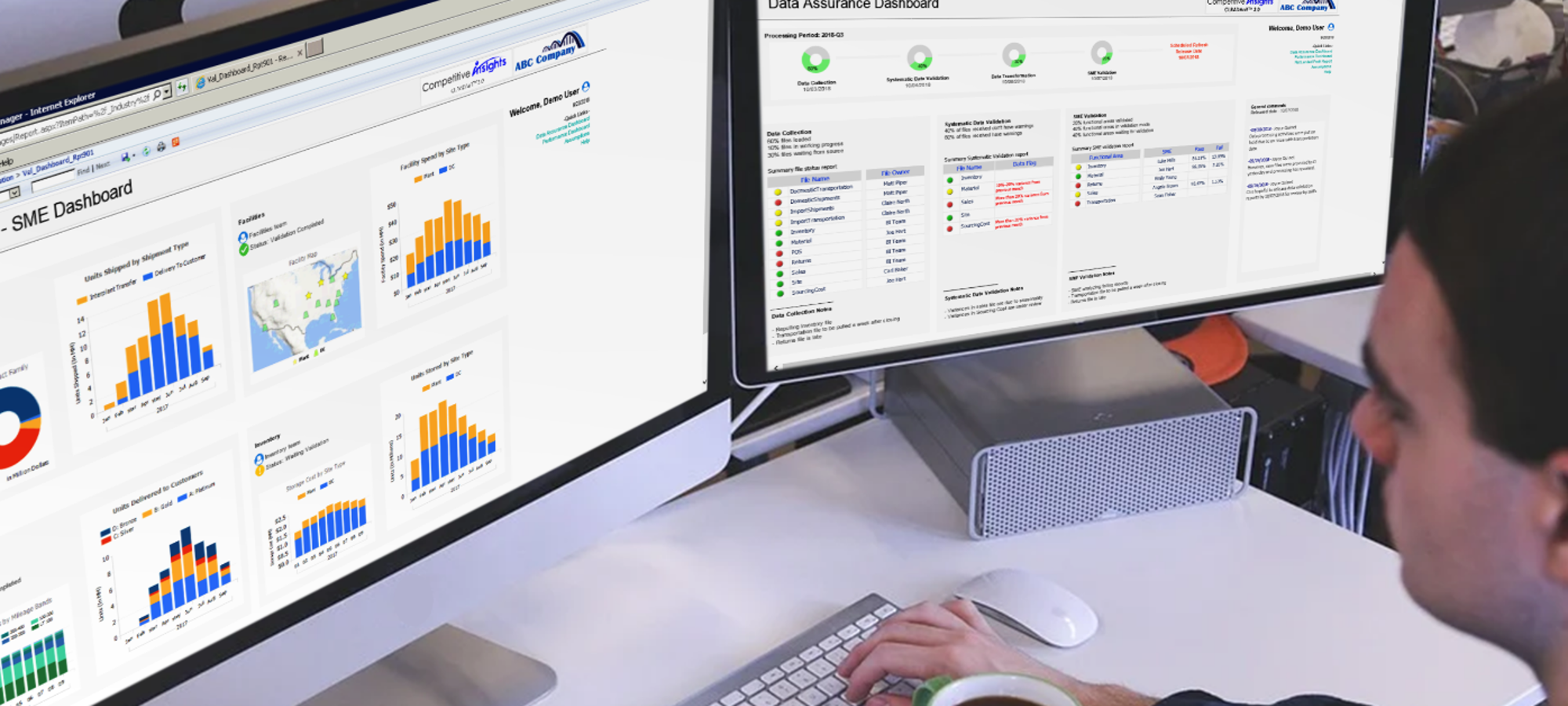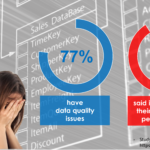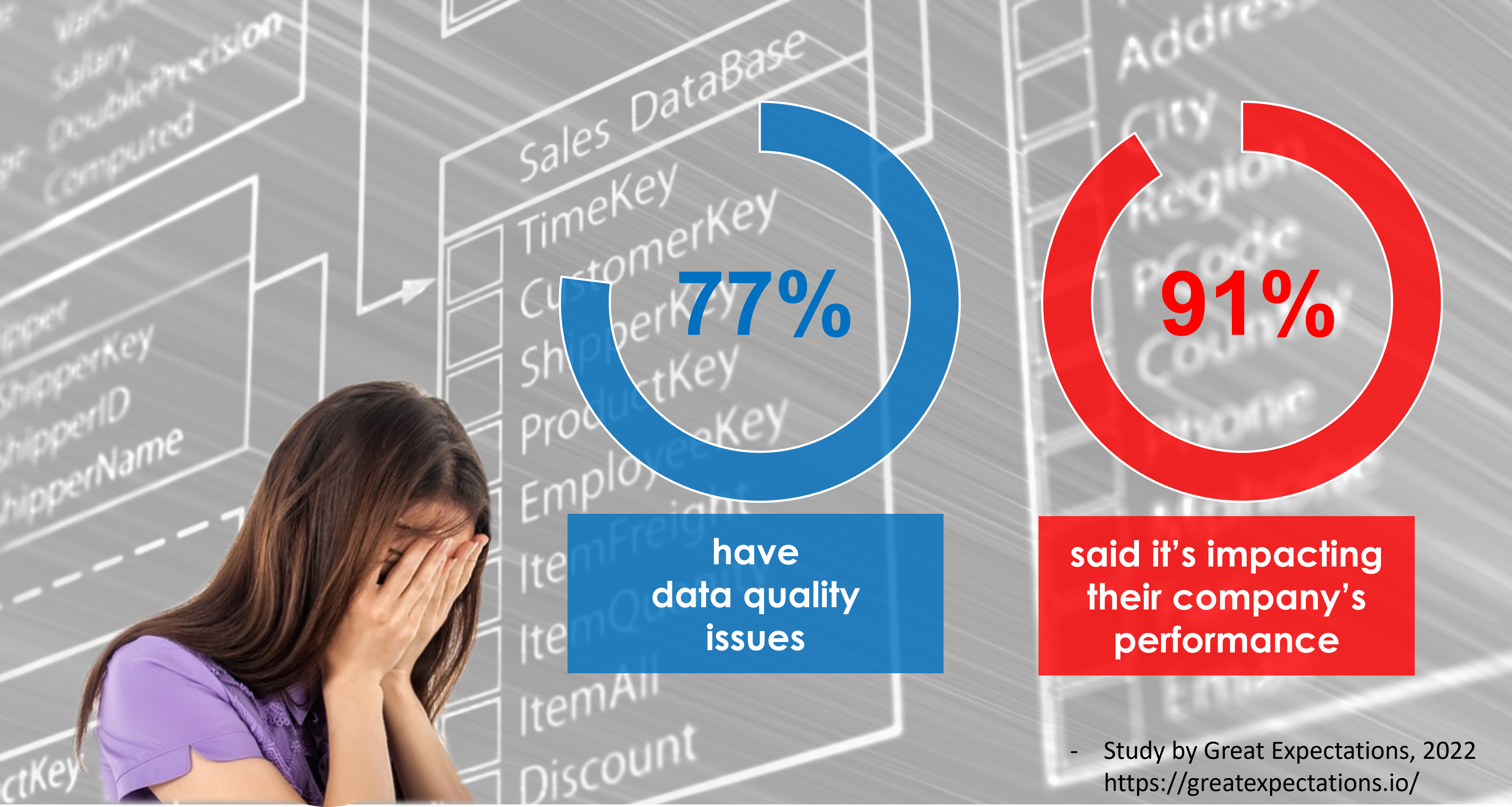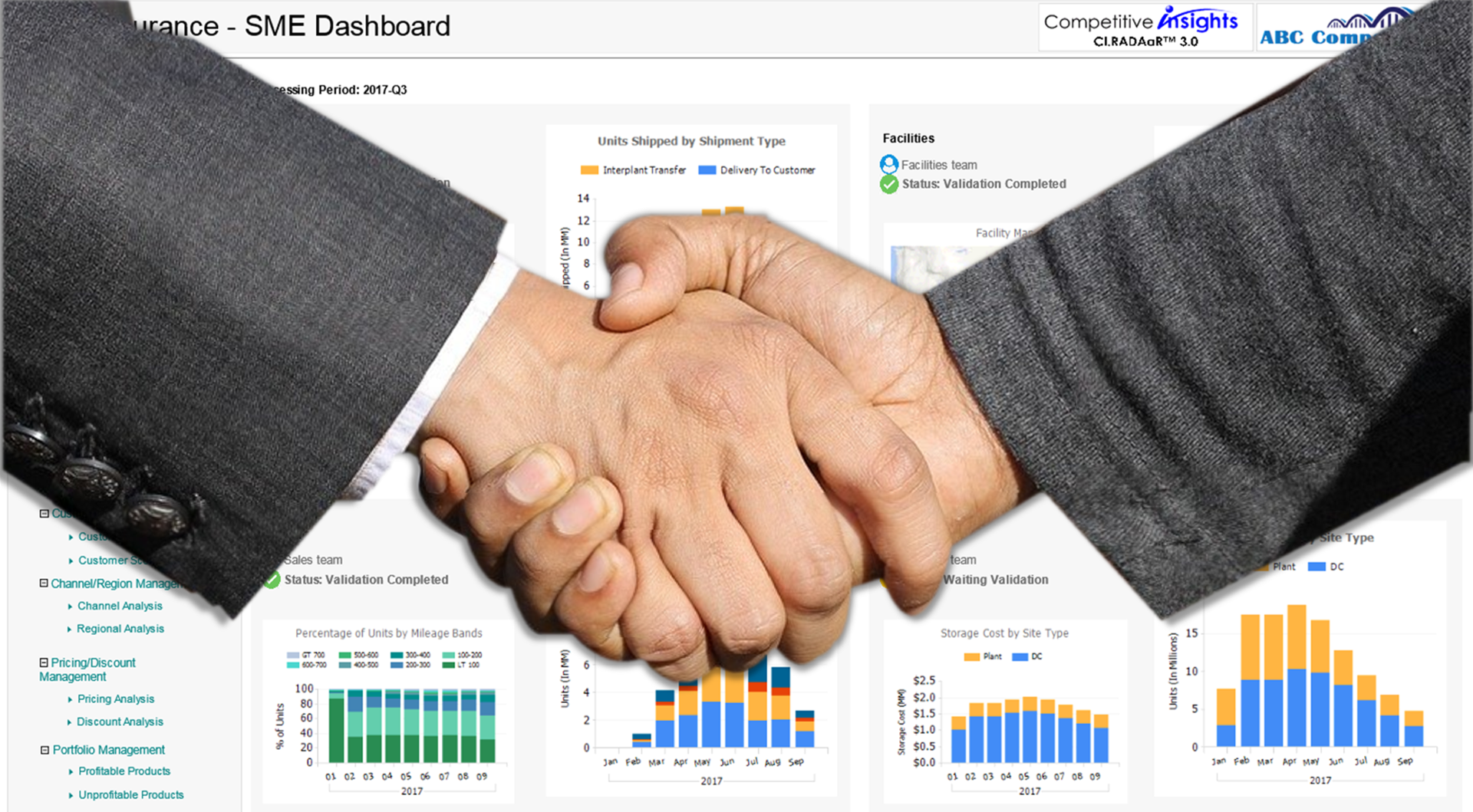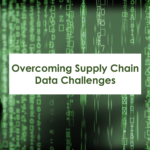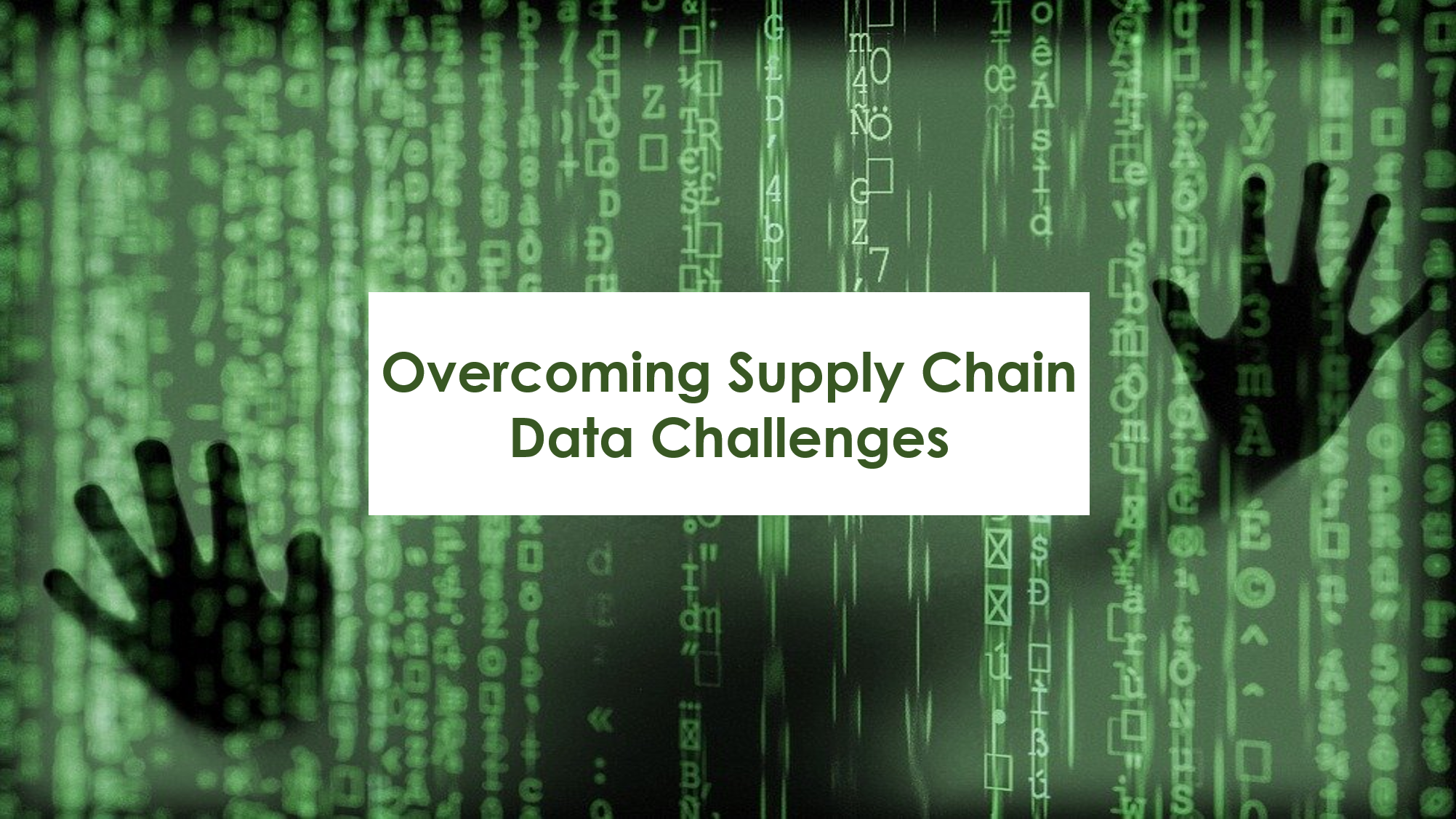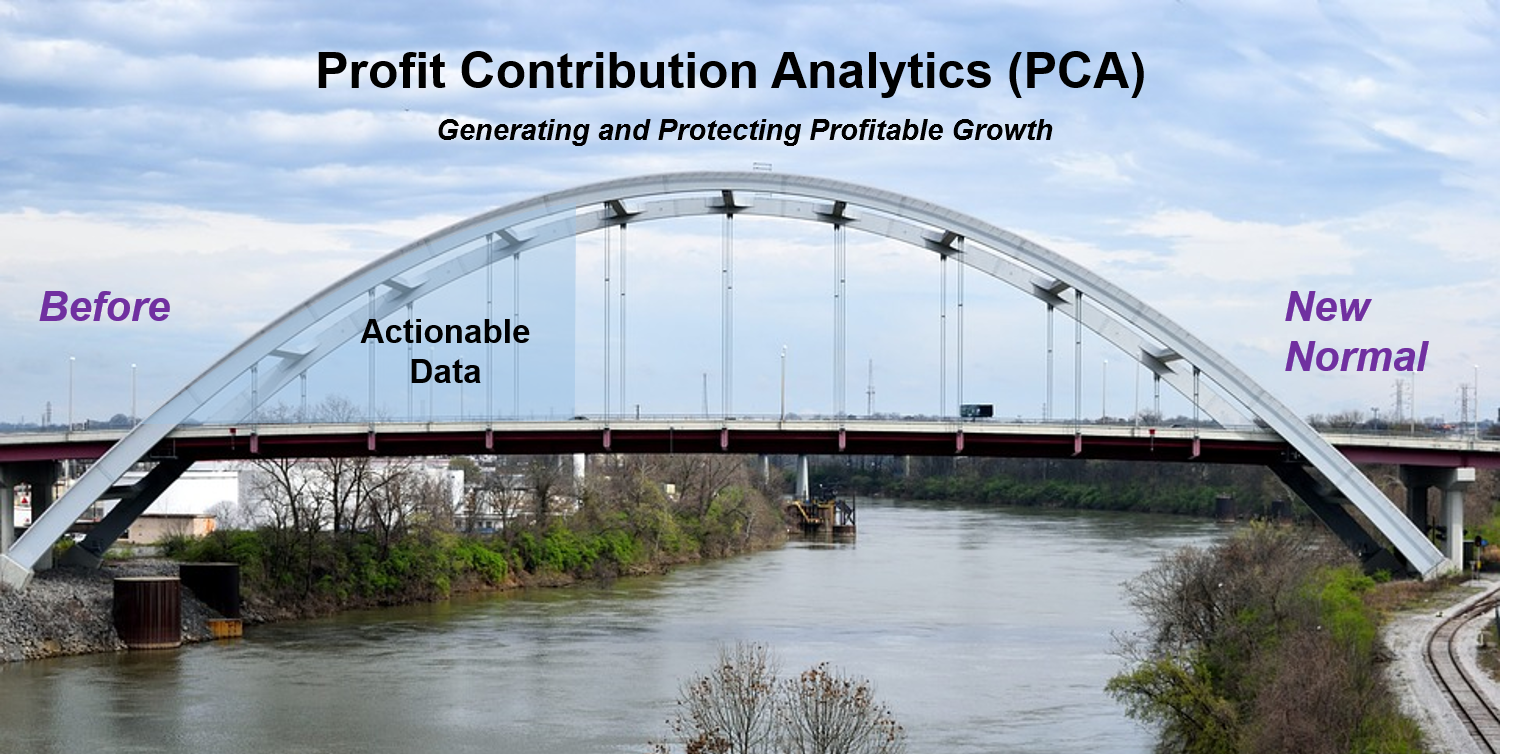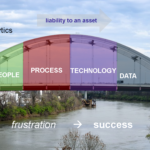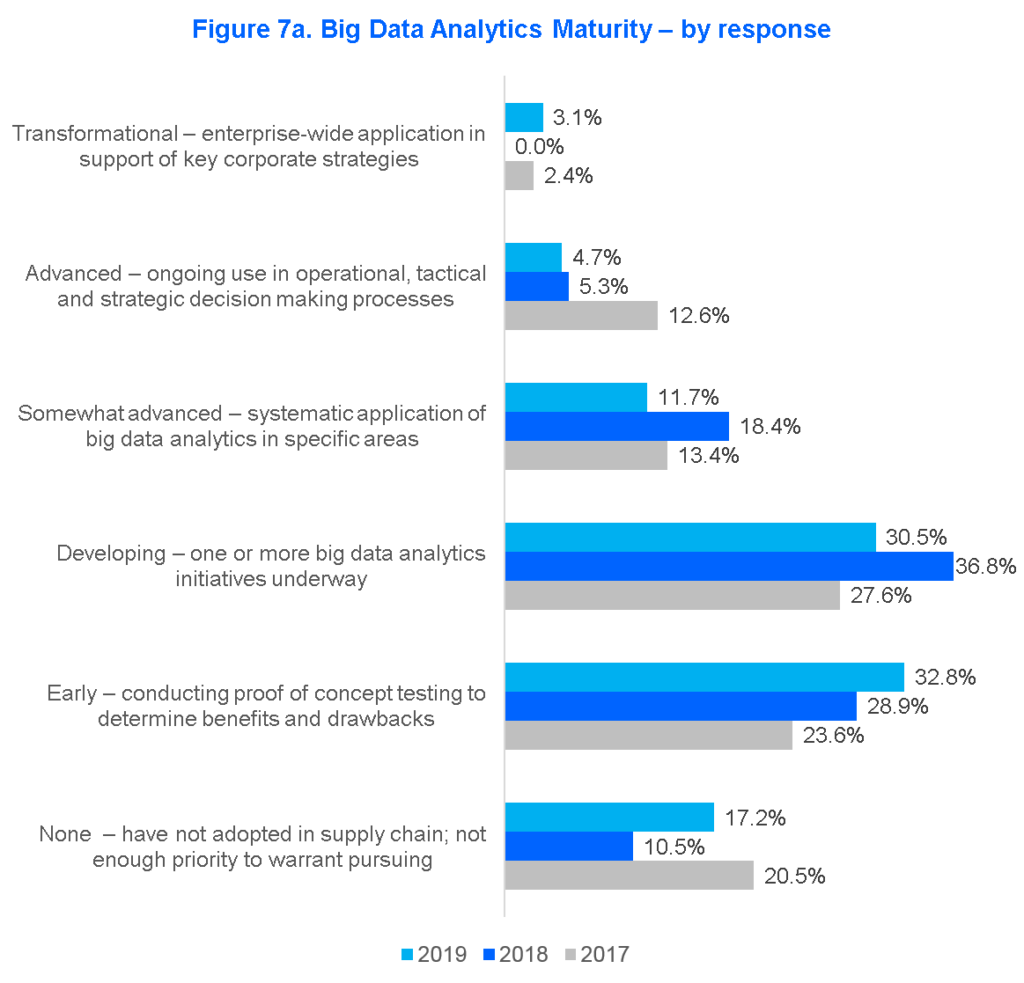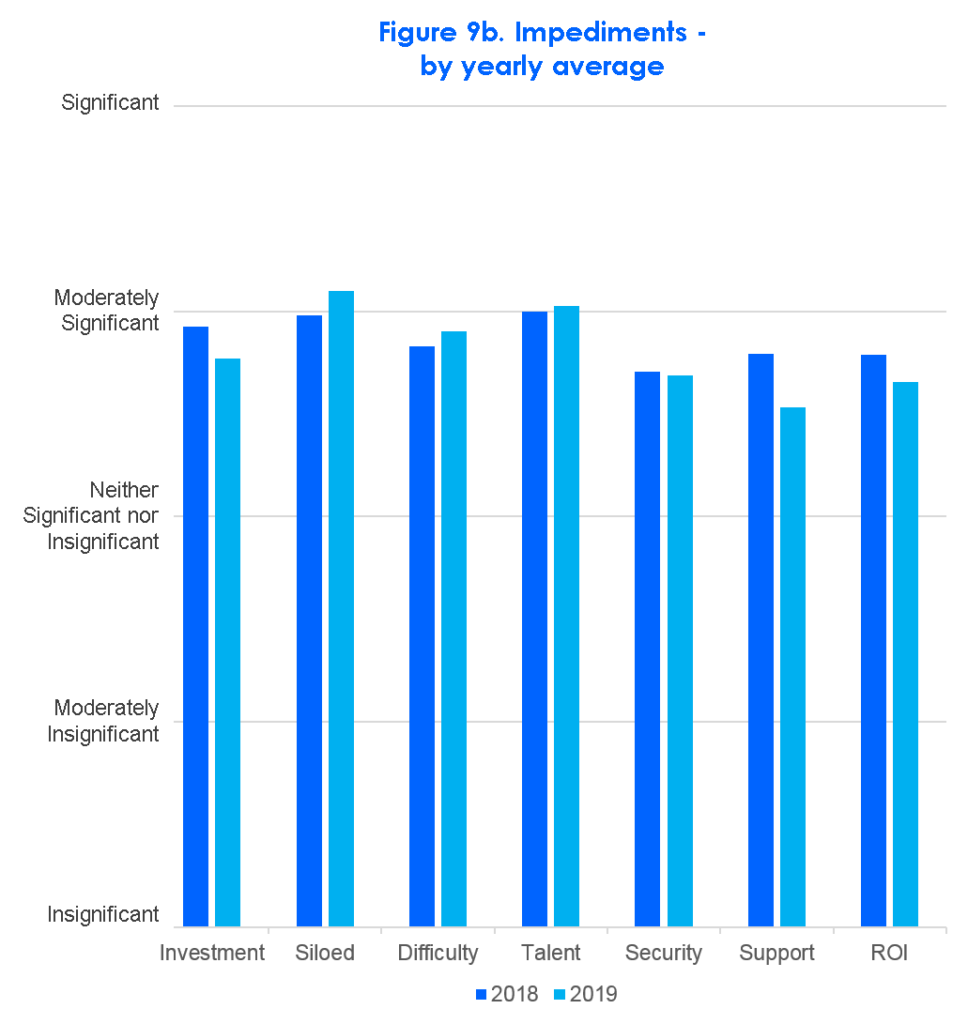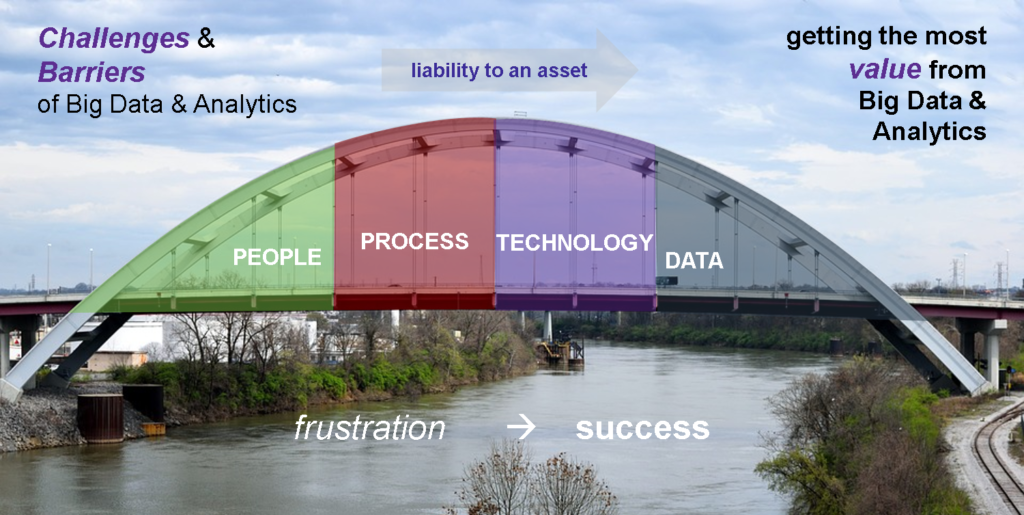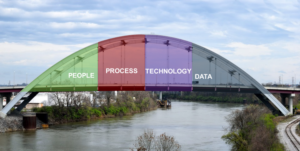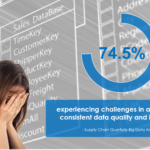Many innovative companies are supporting their supply chain leaders in spearheading approaches to capitalize on Artificial Intelligence (AI) and Machine Learning (ML) to reduce costs and protect operating margins.
However, laggard companies are experiencing internal resistance to adopting solutions that deliver accurate and specific SKU, Customer and Channel cost and profit performance insights.
The following statements come from hundreds of frustrated Supply Chain Executives:
- Our data is bad, missing, fragmented, siloed and managed in different systems.
The power of AI and ML can be harnessed to eliminate the burden of connecting, validating and transforming data from multiple operating systems. In addition, significant data validation can be done efficiently by pinpointing possible data issues to Subject Matter Experts within a company. - We have a hold on outside expenditures.
Cost containment is a primary mandate for companies during inflationary business cycles. This unfortunately means that companies try to maintain their current operation by reducing any possible discretionary expense. This position indirectly discourages the use of innovation to reduce costs. Having the knowledge of where to focus on the most effective cost reductions will provide far more opportunities than just “tightening the belt”. - We are just too busy and have very limited resources.
AI / ML advancements can greatly simplify the ability to have unified and trusted information that can be used cross-functionally to make better enterprise-based decisions instead of departmental, siloed decisions. - We can do this ourselves.
Companies that undertake this type of development effort often experience unanticipated, longer development timeframes and higher personnel costs. Business Intelligence (BI) tools are very useful but are not designed to handle the required volume of transactional data (typically 4 billion+ transactions). The result is often organizational frustration and extended timeframes to achieve significant ROIs. - We tried doing this before and it didn’t work.
Only one or two companies have the supply chain, data analytics and data governance knowledge and experience. Add the need for AI/ML knowledge and it clear why internal efforts fail.
